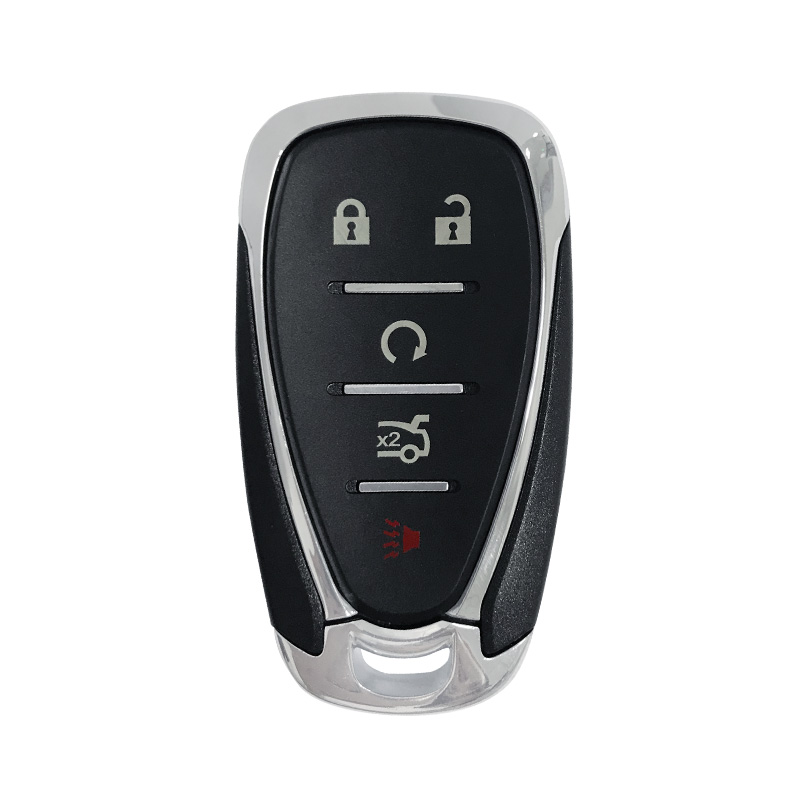In the realm of automotive technology, car keys have evolved far beyond their traditional mechanical counterparts. Today, they often incorporate sophisticated electronic components such as transponders and remote control features, providing enhanced security, convenience, and functionality for vehicle owners. The integration of these electronic components into car keys is a complex process that involves precise engineering, specialized manufacturing techniques, and stringent quality control measures. Let's delve into the intricacies of this process and explore how these advanced features are seamlessly incorporated into modern car keys.

1. Design and Engineering: The journey of integrating electronic components into car keys begins with meticulous design and engineering. Automotive engineers collaborate closely with electronic specialists to conceptualize key designs that accommodate the required electronic functionalities while maintaining ergonomic comfort and aesthetic appeal. Factors such as component size, placement, and power requirements are carefully considered to ensure optimal performance and usability.
2. Transponder Technology: Transponders are miniature electronic devices embedded within car keys to enhance vehicle security by transmitting unique identification codes to the vehicle's immobilizer system. During the manufacturing process, transponders are typically encapsulated within a protective casing, which is then securely integrated into the key's structure. Advanced techniques such as overmolding or insert molding may be employed to encapsulate the transponder while ensuring durability and tamper resistance.
3. Remote Control Features: Many modern car keys are equipped with remote control features that allow users to lock, unlock, and even remotely start their vehicles with the push of a button. These remote control functionalities rely on radio frequency (RF) communication between the key fob and the vehicle's onboard receiver. To integrate remote control features into car keys, manufacturers embed RF transmitters and receivers within the key housing, along with the necessary circuitry and batteries. Special attention is paid to antenna design and placement to optimize signal strength and range.
4. Manufacturing Processes: The integration of electronic components into car keys involves a combination of automated assembly and manual craftsmanship. Precision injection molding techniques are commonly employed to manufacture key shells or housings, ensuring consistent quality and dimensional accuracy. Electronic components such as transponders and circuit boards are carefully assembled and integrated into the key housing using robotic assembly systems or skilled technicians. Quality control checks are conducted at each stage of the manufacturing process to identify any defects or inconsistencies.
5. Testing and Validation: Once electronic components are integrated into car keys, rigorous testing and validation procedures are conducted to verify functionality, reliability, and durability. Transponders are tested to ensure they transmit identification codes accurately and consistently, while remote control features undergo extensive RF testing to assess signal strength, range, and interference resistance. Keys are subjected to mechanical stress tests, environmental simulations, and durability assessments to validate their performance under real-world conditions.
6. Quality Assurance: Quality assurance measures are paramount throughout the manufacturing process to uphold the integrity and reliability of car keys. Manufacturers adhere to stringent quality standards and certifications, such as ISO 9001, to ensure consistency, traceability, and compliance with regulatory requirements. Robust supply chain management practices are implemented to source high-quality electronic components and materials from reputable suppliers.
In conclusion, the integration of electronic components such as transponders and remote control features into car keys is a highly specialized process that requires precision engineering, advanced manufacturing techniques, and meticulous quality control. By seamlessly incorporating these advanced functionalities into key designs, manufacturers enhance the security, convenience, and user experience of modern vehicles, reflecting the ongoing evolution of automotive technology.

 Englishen
Englishen











 No.991 Xingxiu Road,Taiwanese Investment Zone, Quanzhou, Fujian Province,P.R.China
No.991 Xingxiu Road,Taiwanese Investment Zone, Quanzhou, Fujian Province,P.R.China +86 13960286508
+86 13960286508
 3D Reality Showroom
3D Reality Showroom
